

deep insights, facts & figures

Hauert, a Swiss producer of fertilizers, has been in family ownership for 350 years and twelve generations
This year the Swiss fertilizer producer Hauert is celebrating its 350th anniversary. Founded in 1663, the company has been in family ownership for twelve generations and has always retained its company headquarters in Grossaffoltern, not far from Bern. “Even a firm must have a home somewhere,” said Philipp Hauert, managing director since 2006 and proprietor of Hauert HBG Dünger AG since 2010, at the big anniversary celebration. Naturally the company history didn’t begin with fertilizers, since this principle wasn’t really known in the 17th century. Although even at that time the farmers were spreading crushed bone on their fields – which they got from the bone pounder belonging to the tannery. The family business gave the tannery up at the beginning of the 20th century, and concentrated entirely on producing fertilizers from 1929. Today Hauert produces and markets mainly organic and mineral-organic fertilizers as ‘Sphero’ granules, as well as compacted slow-release fertilizers, liquid fertilizers, water-soluble nutrient salts and, of course, the Hauert pellets as slow-release fertilizers. The target markets are the back-garden sphere, productive horticulture and tree nurseries, landscaping firms and organic farming. The manufacturer is regarded as the number one producer of special fertilizers in Switzerland. Since acquiring Günther Cornufera, a German fertilizer manufacturer, in 2007, the company also has an increased presence in the EU and especially in Germany. Production is carried out almost exclusively in neighbouring Suberg. Here, too, is where the logistics centre can be found with its 10 000 pallet locations. Some 200 raw materials are processed into around 1 000 different fertilizer products. The basis for the production side is the research and development department with its own experimental plant, which again and again comes up with innovative ideas. Some examples worth mentioning are the coated long-term fertilizers or the water-soluble multi-nutrient fertilizers. A major step was the successful development of the ‘Sphero’ process, which allows for the encapsulation of organic substances into granules. Download:
Related articles
Read also

 Menü
Menü



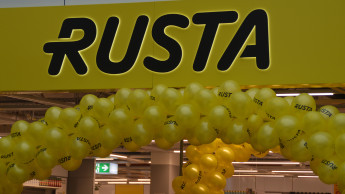
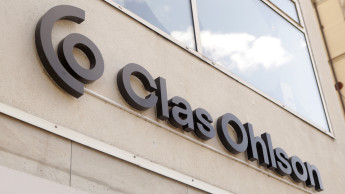
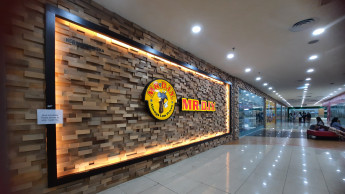
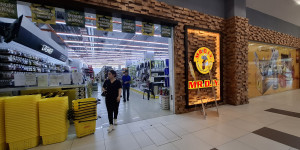


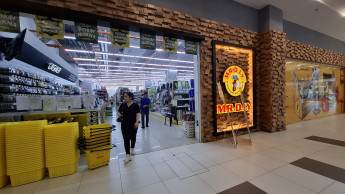
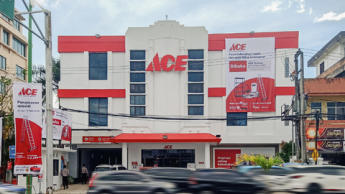

 Newsletter
Newsletter